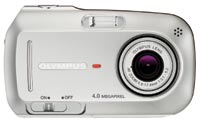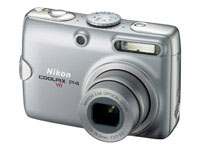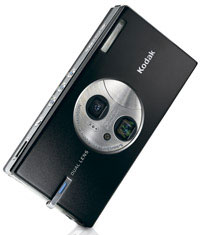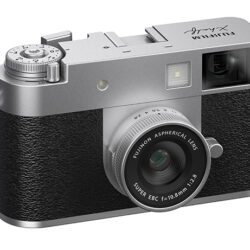Panasonic’s 5-megapixel DMC-LZ2 – and its ‘sister’ the 4-megapixel LZ-1 (RRP $549) – are unusual in combining a moderately long zoom lens with a compact, point-and-shoot style body. The lens takes roughly two seconds to extend when the camera is switched on and packs away when it’s turned off. The Mega O.I.S. stabilisation has two modes – continuous and standby – and can be switched off to conserve power when the camera is tripod-mounted.



















